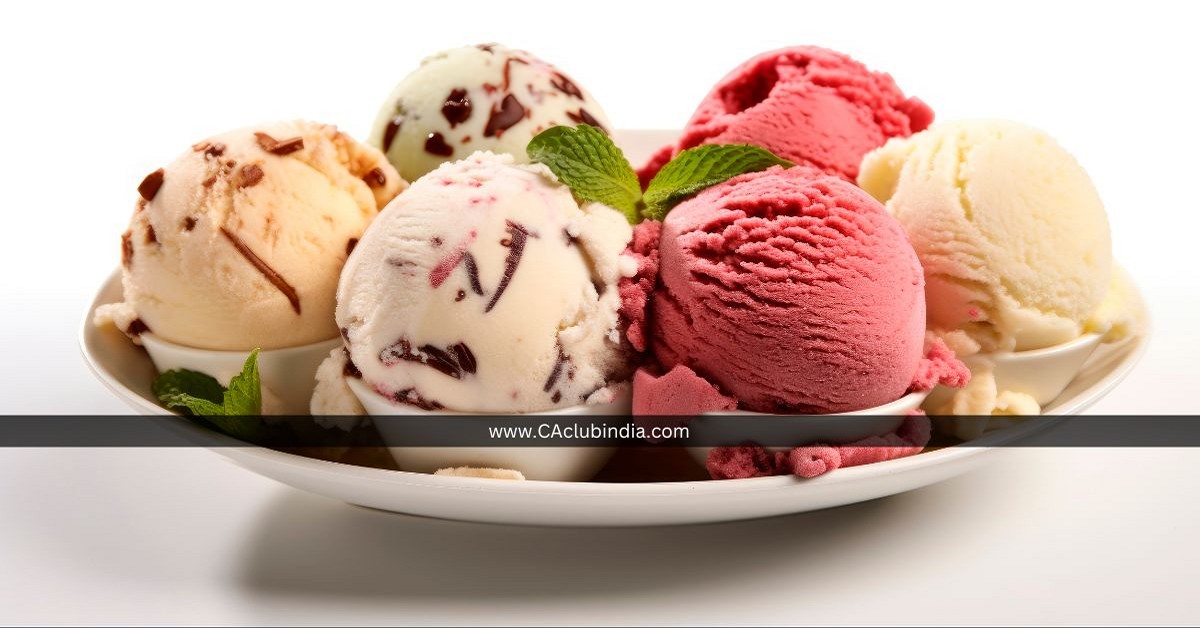The recent Goods and Services Tax (GST) rate rationalisation has significantly benefited India's ice-cream industry, creating growth opportunities for both existing and new players. The GST rate for ice-creams has been slashed from 18% to 5%, making products more affordable and accelerating the shift from unorganised to organised segments in the Rs 30,000 crore domestic market. Currently, the organised segment accounts for roughly half of the market, according to industry experts.
Tax-led growth and market dynamics
Analysts and industry players expect the GST cut to drive at least 10-15% annual incremental growth. The organised ice-cream market, valued at around Rs 15,000 crore, has been expanding at a rate of 10-12% per year in recent years. While ice-cream consumption peaks during summer, companies are innovating with smaller and family packs to boost sales during non-peak months. Distribution through offline and online channels, including quick commerce, has also strengthened.

Expansion plans by market leaders
Gujarat Co-operative Milk Marketing Federation (GCMMF), known for its Amul brand, plans to set up 2-3 new ice-cream plants over the next few years as part of its Rs 10,000-crore investment in dairy and food processing. This expansion will improve reach in tier-2 and tier-3 cities. Currently, GCMMF operates 29-30 ice-cream plants with a retail reach of over one million outlets, covering roughly half of India's ice-cream retail network. Amul holds an estimated 35% volume share, followed by Hindustan Unilever (HUL) at 15% and Vadilal at 12%.
HUL, which is demerging its ice-cream business into Kwality Wall's India by FY26, plans to launch affordable dairy treats and premium offerings during festive seasons, while improving rural distribution. Mother Dairy is also expanding capacity and innovating new products at its Delhi innovation centre, with current annual revenue in ice-creams estimated at ₹500-600 crore and year-on-year capacity growth of 10-15%.
Outlook
Industry insiders say the GST-driven affordability will spur further innovation, enhance consumption, and accelerate growth in India's organised ice-cream market. Companies are gearing up to meet rising demand, expand their reach, and improve product variety for consumers across urban and rural markets.







 CAclubindia
CAclubindia

